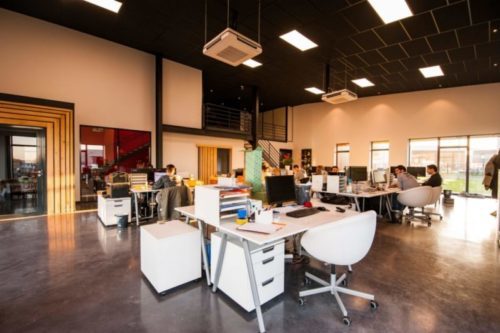Capital Allowances – Keeping track of accounts coded Furniture, Fixtures and Equipment expenditure – Be careful!
Typically, Accountants recognise the potential to claim allowances on accounts coded Furniture, Fixtures and Equipment (FF&E). This is normally for directly paid invoices for equipment where the invoice descriptions are clear and unambiguous. These are normally identified in the commercial accounts and coded to fixtures and fittings. Many audit or accounts preparation advisors prepare the first draft of the tax computations and will then automatically claim capital allowances on the same accounts coded expenditure. The quantum; particularly for large companies, can be quite substantial and are claimed in the tax return as either General Pool or Special Rate Pool Allowances.
The invoices may be segregated into a lot of detail but quite frequently the invoices just have a one line cost description and this may cause a problem if HMRC request supporting details.
Once a tax return has been filed, HMRC have in most cases 12 months to open an enquiry and query the Capital Allowances figures. Most tax advisors assume these accounts coded fixtures and fittings are correct and seldom apply any scrutiny to them. In fact, almost the entire capital allowances profession accepts these figures and mainly focus on the more complex land and buildings expenditure where detailed cost segregation is required.
We have noticed that HMRC are starting to request supporting invoice details for the accounts coded FF&E. While companies have to keep records of transactions for at least 6 years, it is common for records to get lost. This happens typically when there are changes in personnel or company ownership, new accounting systems and changes of advisors. Where records are not available, HMRC have in some cases been seeking to apply disallowances to the capital allowances that have been claimed.
The capital allowances legislation does not make a requirement for actual copies of invoices to be provided; instead it refers to being able to claim allowances for capital expenditure when it is incurred. Clearly if records are available they should be provided. However if accounts have been audited, an arbitrary disallowance seems unreasonable. A Capital Allowances specialist can make valuation assessments supported with photographic evidence that the assets exist. HMRC do have access to specialist valuers within the Valuation Office who have the necessary skills to determine if costs are reasonable assessments.
It is therefore good practise to ensure records are retained, particularly until tax years are final. This records keeping requirement has become even more important with the introduction of the new Structures and Buildings allowance. This requires information of any construction costs for contracts entered into on or after 29 October 2018 to be kept in order to claim 2% tax relief on the expenditure which has a 50 year tax life.




